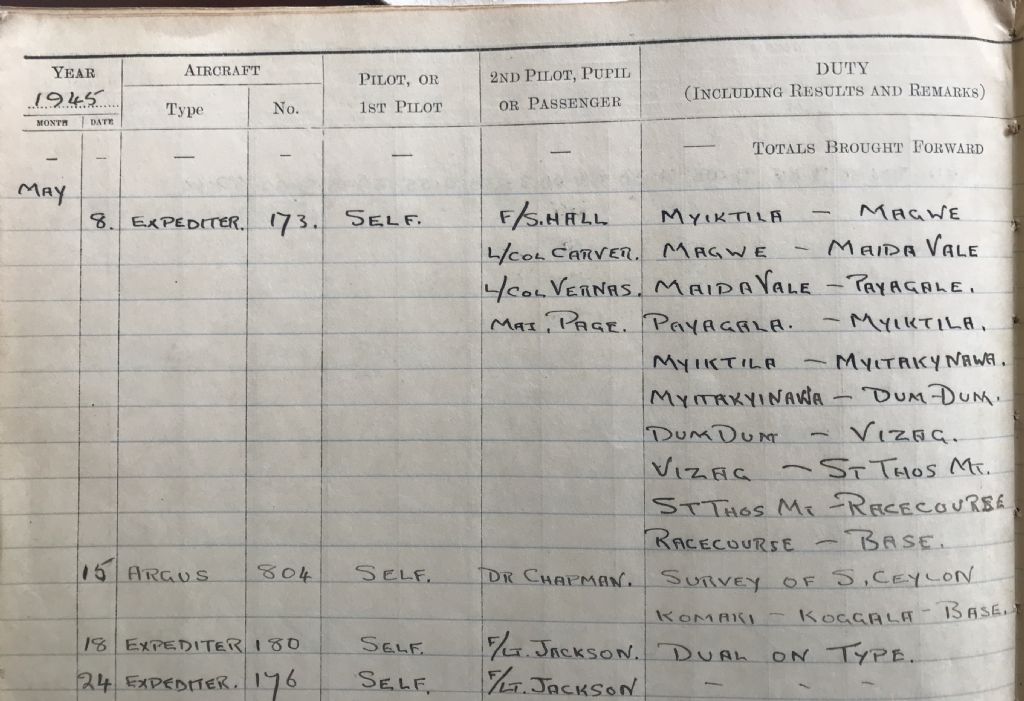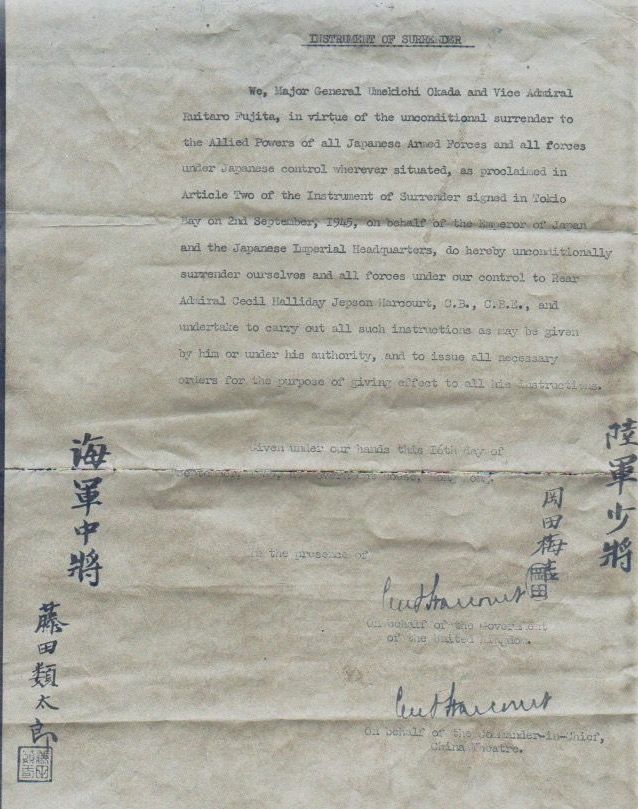Posted by Neil Wyatt on 08/05/2020 14:05:16:
…
One of my dad's tales is how, as a boy during the war, he heard a Lancaster coming over very low, it crashed in a nearby wood. He went to the crash site and was there before all was cleared.
One thing that stuck with him was that the bomb aimer' was killed in position. For decades he worried why the bomb aimer would have been in position flying low across rural England. He spent ages studying records of downed aircraft and couldn't find a record of the crash site.
His conclusion is that it was on a training flight for the dambusters raids, which resulted in the crash being hushed up.
…
Neil
Might have been Dambuster related, but aircrew trained all the time and on a gigantic scale. I couldn't find any RAF numbers but for the USAAF.
in less than four years (December 1941- August 1945), the US Army Air Forces lost 14,903 pilots, aircrew and assorted personnel plus 13,873 airplanes — inside the continental United States . They were the result of 52,651 aircraft accidents (6,039 involving fatalities) in 45 months.
Think about those numbers. They average 1,170 aircraft accidents per month—- nearly 40 a day.
My uncle trained as a Liberator pilot in Canada and flew several exercises from there to 'depth charge' bomb ranges in New Mexico. Being in Coastal Command he thought it ironic anti-submarine training was mostly done over land, and the target was a submarine parked in the desert. Makes sense though, getting lost or mechanical failures over the USA would be safer for trainees than same problem mid-Atlantic.
I don't suppose British losses in the US are included in the USAAF figures, or USN aviation casualties.
During wartime the military are coy about reporting losses and even more so about reasons. The truth has to wait for patient analysis of the archives long after the shooting stops. Might never happen: the Ark of the Covenant is last seen disappearing into a giant US government warehouse!
Dave
Edited By SillyOldDuffer on 08/05/2020 15:28:12
J Hancock.









